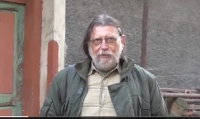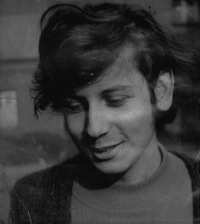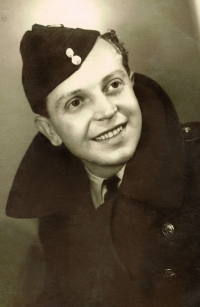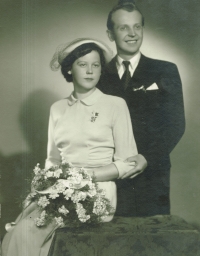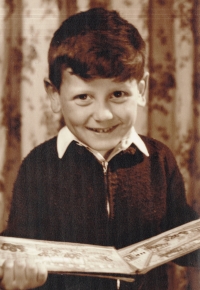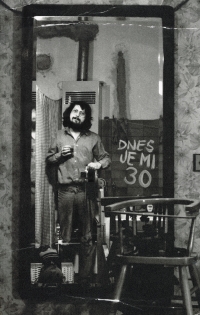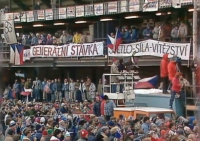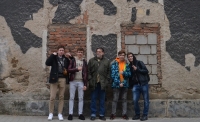I wanted to keep my inner freedom, but the pressure from the outside was really uncomfortable

Stáhnout obrázek
Jan Fiala was born on 28 March 1952 in Prague, his family roots were in Uhlířské Janovice. While one of his grandfathers served in the Czechoslovak legions in Russia during the war, the other grandfather was already a convinced communist during the years of the First Republic. Jan Fiala graduated from a secondary school of arts and crafts and then went on to study at the Faculty of Education in Hradec Králové. While he remembers the secondary school as a place where relaxed conditions reigned in the spirit of the late 1960s, at the faculty he already experienced the atmosphere of rigid normalisation. During his studies, he made posters for the band The Plastic People of the Universe, and later participated in the creation of the Jazz Bulletin published by the Jazz Section. After completing his compulsory military service, he worked as a graphic designer at the Merkur advertising agency. During the Velvet Revolution, he created posters and banners for the Civic Forum (OF). In the 1990s, he started creating logos for newly emerging companies.
